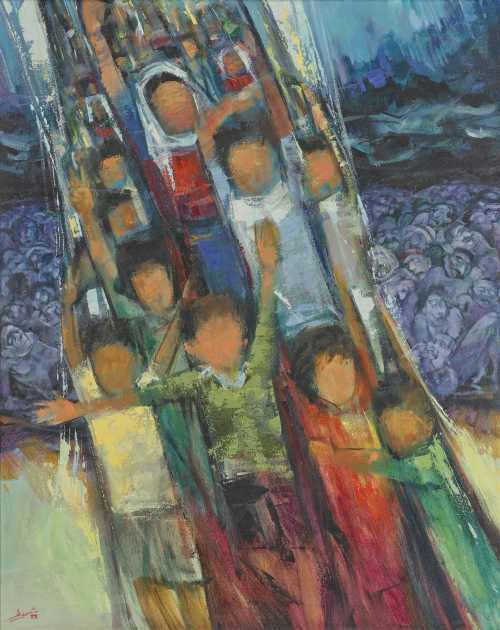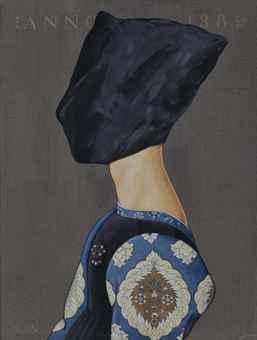- Generations of Struggle 1988
- Oil on canvas
- Painting
- 60 * 75.5 cm
- signed in Arabic and dated '88' (lower left)
20 October 2021
Estimation
£25,000
34,540 USD
-
£30,000
41,448 USD
Realized Price
£25,000
34,540 USD
9.091%
Artwork Description
Palestinian artists may live in different places today, but they all meet through their art as individual voices in a chorus, which resounds with the different modes growing out of the Palestinian experience. Together their work gives body to an art of resistance that never ceases to inspire hope.
(K. Boullata, Palestinian Art: From 1850 to the Present, London 2009, p. 36).
Ismail Shammout is one of Palestine's leading modernist painters, whose prominent style employs symbols of his nation’s traditions and culture that have contributed to constructing a visual narrative of Palestinian nationalism. His work continues to influence today's generation of Middle Eastern artists.
Shaped by a devastating personal history which saw the forced exodus of both himself and his family from Lydda in 1948 and relocation to the Gaza refugee camp of Khan Younis, Shammout eventually moved to neighbouring Egypt and then Rome to study art.
Upon his return to Gaza, he established himself as a distinguished painter and activist. He later settled in Beirut with his wife, where Shammout joined the Palestine Liberation Organisation as the Director of Arts and National Culture in 1965. After the Israeli invasion of Beirut in 1981, Shammout then relocated to Kuwait, where he was once again forced to leave in the wake of the Gulf War. He finally settled in Amman until his death.
Shammout’s forced nomadic lifestyle is reflected in his paintings, which often carry the entirety of his emotions - having only returned once to his homeland and discovering the geopolitical changes in place, that visit bore revelations which changed him forever. His works from the 1960s through the 1980s incorporate heart-wrenching portrayals of Palestinian women, refugees and children amidst scenes of conflict.
In the present work, keeping in mind the many years of conflict and sentiments of displacement, Shammout implies the nation’s inner strength and determination with optimism through the figures shown central to the composition. However, he keeps elements reminding the viewer of the possibility, albeit subtle, of the downfall of having such high hopes, indicated by the monochromatic tragic figures in the background. Herewith the dominant themes which emerge through his artistic practice: the road to exile, the armed struggle and lastly the nostalgic emotions of a lost homeland that played a significant role in the construction of a Palestinian national identity.
More lots by Ismail Shammout
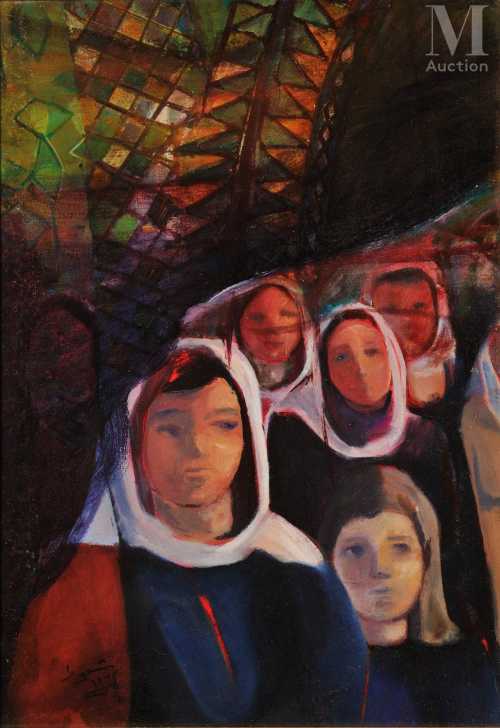
Untitled
Estimation
€5,000
5,214 USD
-
€8,000
8,342 USD
Sell at
Sale Date
Millon & Associés
-
19 December 2024
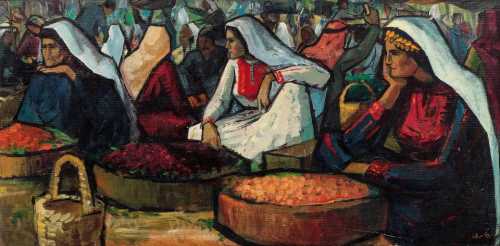
Vendors in Jerusalem
Estimation
£30,000
38,885 USD
-
£50,000
64,809 USD
Realized Price
£95,650
123,979 USD
139.125%
Sale Date
Bonhams
-
13 November 2024
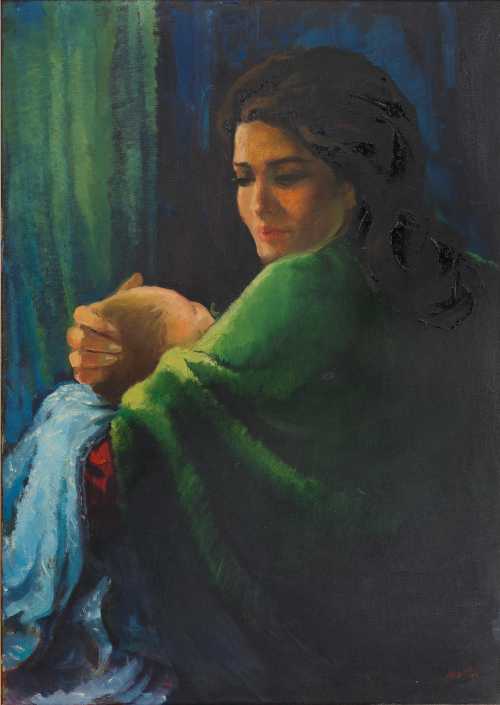
Motherhood in Green
Estimation
£30,000
40,323 USD
-
£50,000
67,204 USD
Realized Price
£76,600
102,957 USD
91.5%
Sale Date
Bonhams
-
21 May 2025
Realized Price
92,988 USD
Min Estimate
50,184 USD
Max Estimate
71,326 USD
Average Artwork Worth
+58.165%
Average Growth of Artwork Worth
Sales Performance Against Estimates
Average & Median Sold Lot Value
2021 - 2025
Performance vs. Estimate
2021 - 2025
Sell-through Rate
2021 - 2025
Similar Artworks
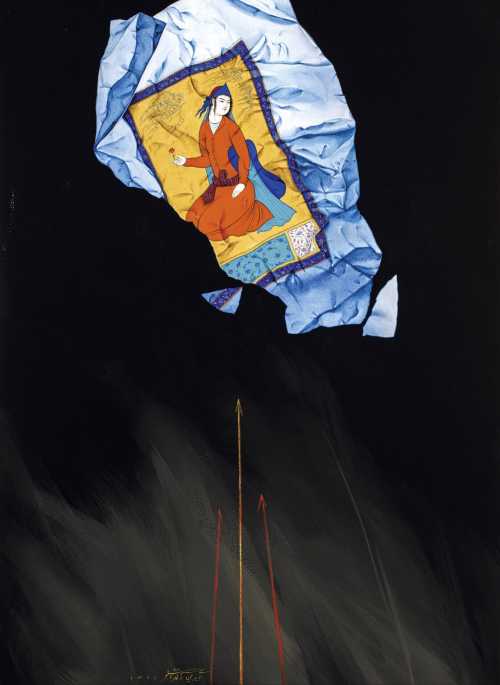
Untitled from the Memories of Destruction series
Estimation
30,000,000,000﷼
35,294 USD
-
40,000,000,000﷼
47,059 USD
Realized Price
33,000,000,000﷼
38,824 USD
5.714%
Sale Date
Tehran
-
14 February 2025
